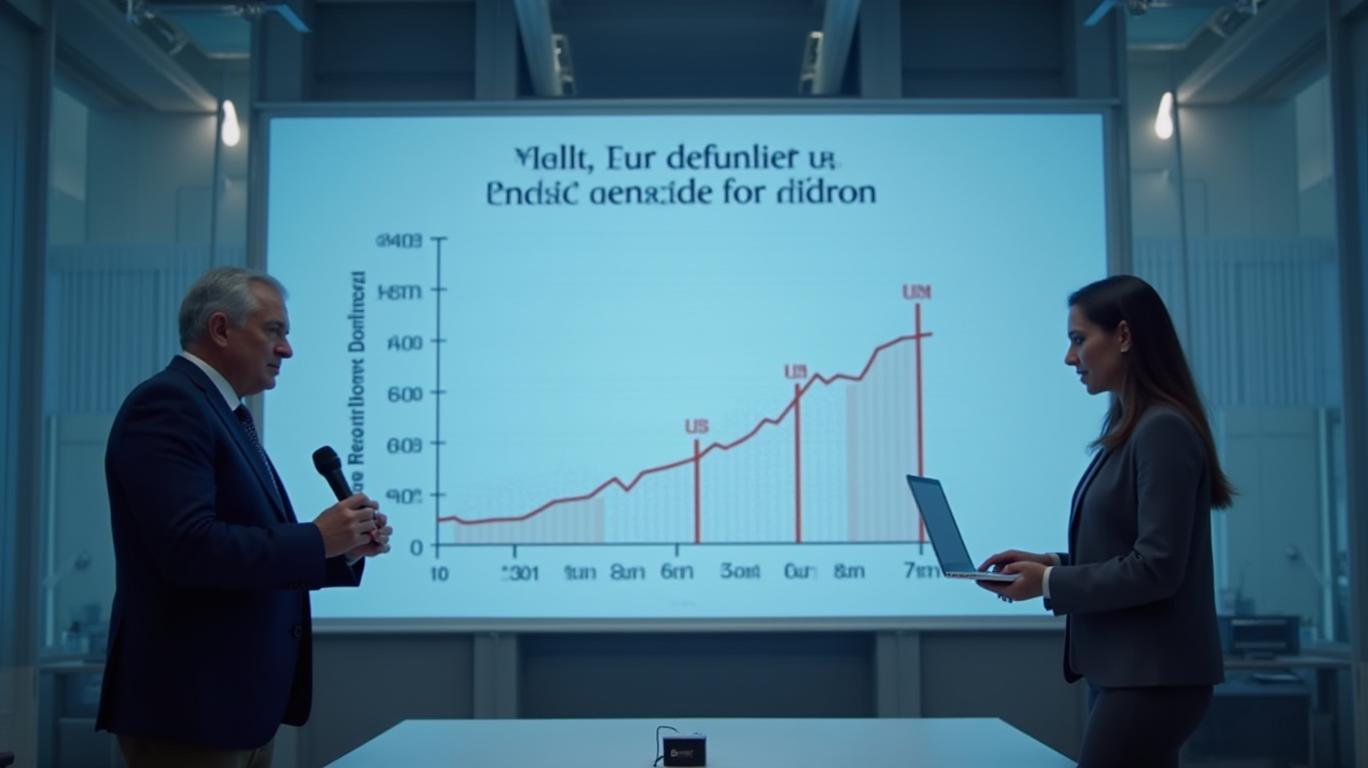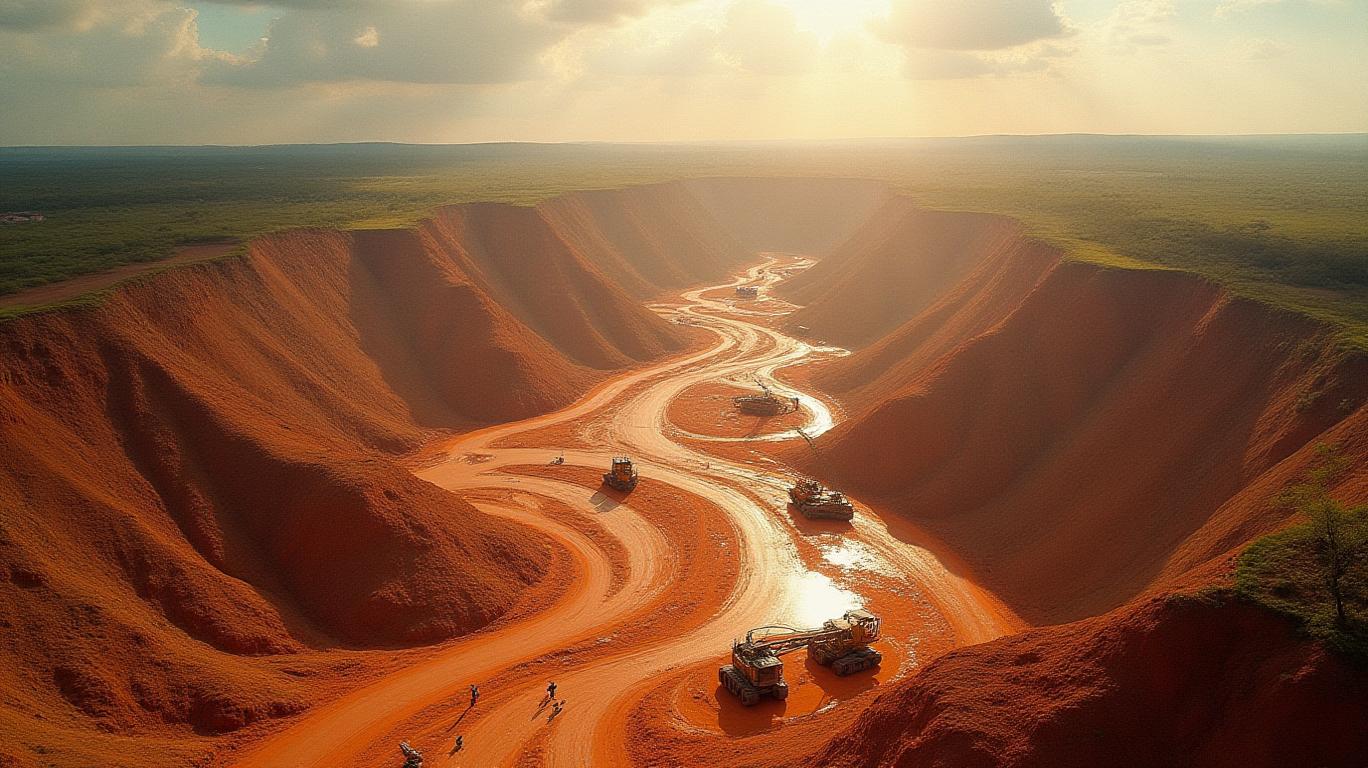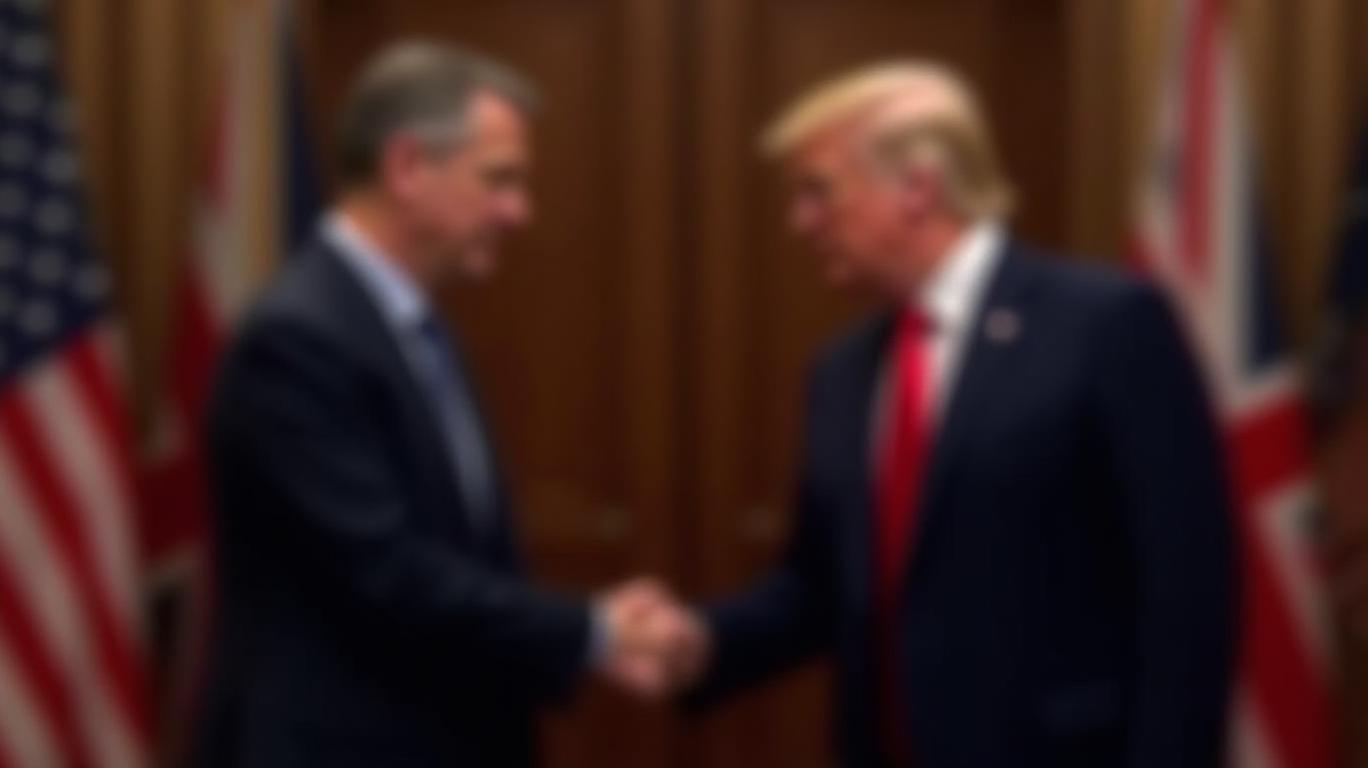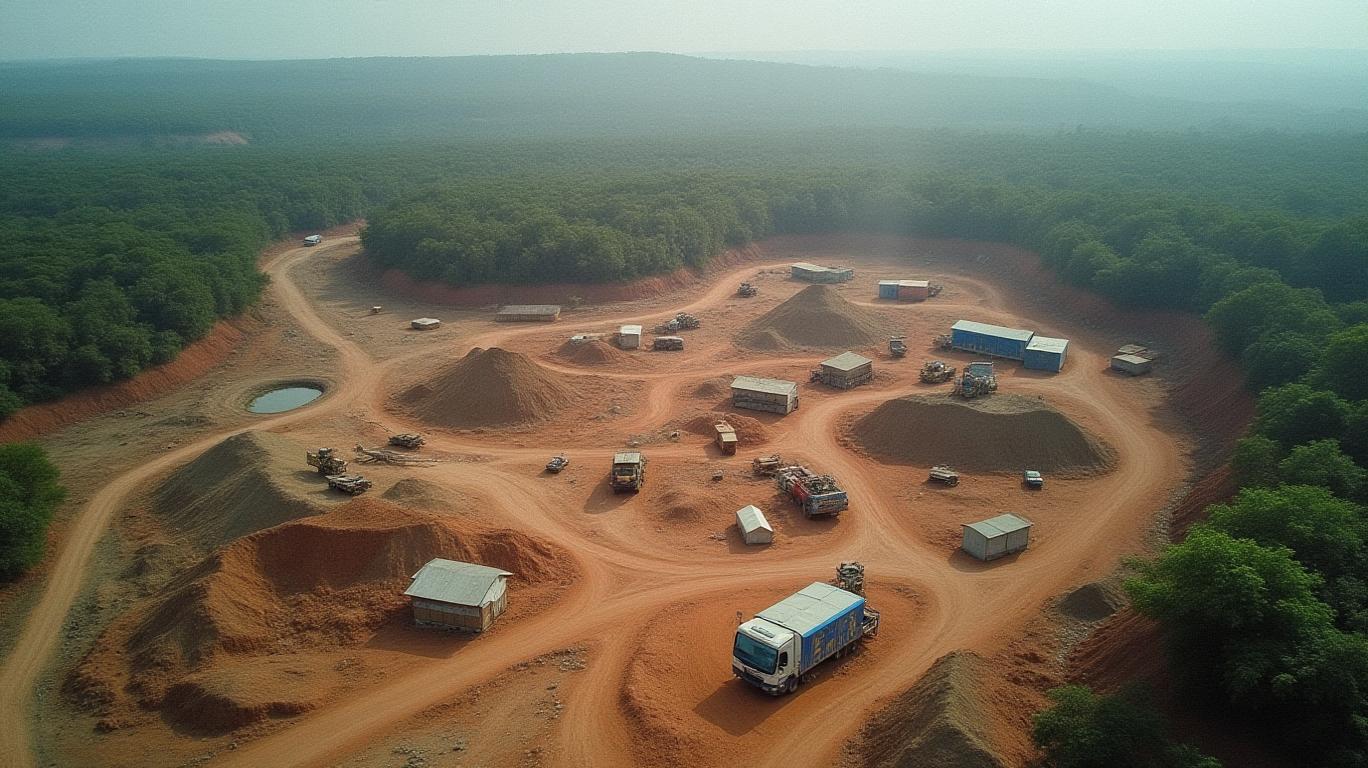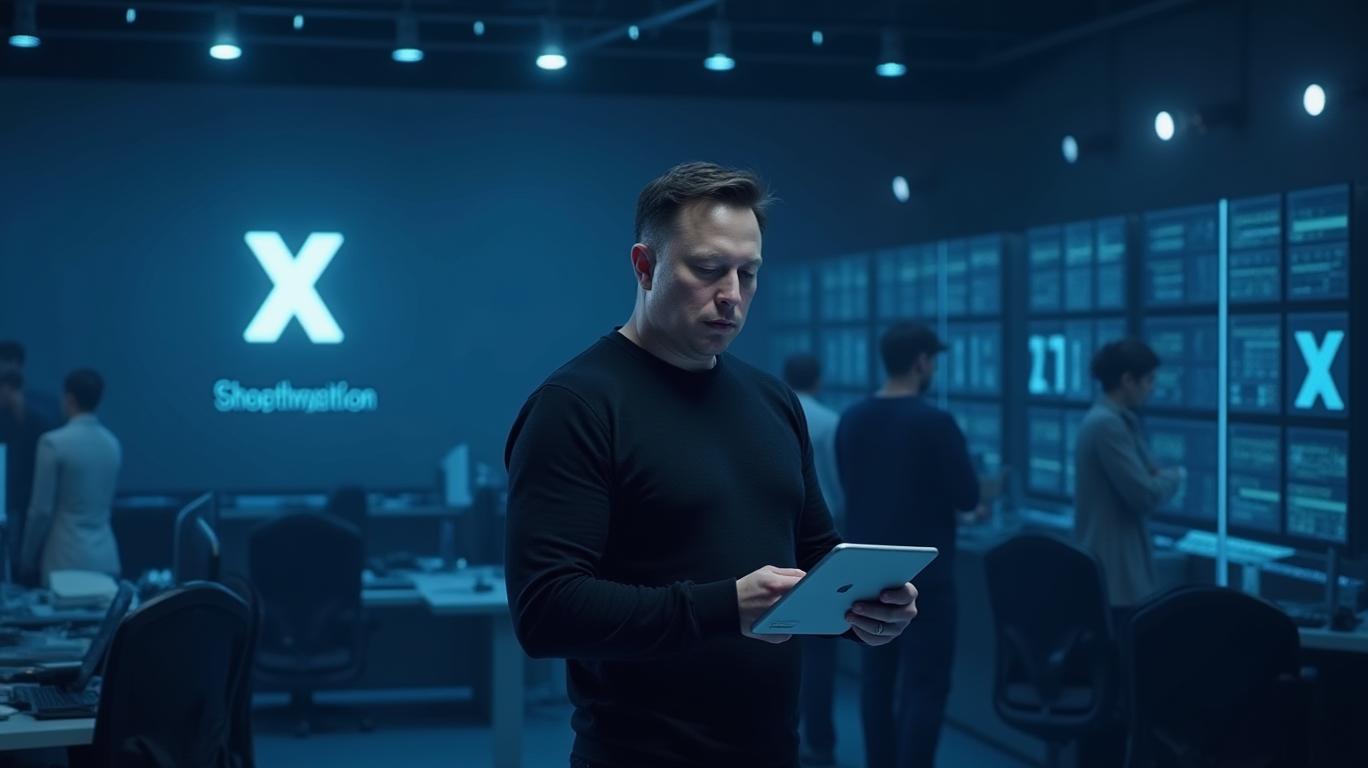A Fragile Pathway to Stability: Congo-Rwanda Peace Deal and Its Investment Implications
The Democratic Republic of the Congo (DRC) and Rwanda have signed a U.S.-brokered agreement aimed at ending decades of violence in eastern Congo and unlocking the region’s vast mineral wealth. While the deal represents a critical diplomatic breakthrough, its success hinges on overcoming deep-seated geopolitical tensions, economic disparities, and the persistent threat of conflict. For investors, the agreement opens a window of opportunity—but one clouded by significant risks.
Ask Aime: "Will DRC-Rwanda peace deal boost Congo's mining industry?"
The Deal’s Core Terms: Peace as a Precursor to Prosperity
The April 2025 agreement, mediated by Qatar and the U.S., commits both nations to draft a final peace deal by May 2, 2025, and to halt military support for rebel groups like the M23. The M23, primarily composed of ethnic Tutsi fighters with historical ties to Rwanda, has destabilized the region since its formation in 2012. The U.S. has positioned itself as a key mediator, framing the deal as a pathway to secure access to the DRC’s critical minerals—including cobalt, lithium, copper, and tantalum—while countering China’s dominance in global supply chains.
Ask Aime: What impact will the DRC-Rwanda peace deal have on the global cobalt supply?

The Economic Prize: Mineral Wealth and Strategic Interests
The DRC holds roughly 70% of the world’s cobalt reserves and significant lithium deposits, both essential for electric vehicle batteries. U.S. investors see the agreement as a chance to diversify supply chains and reduce reliance on Chinese-controlled mining operations. Erik Prince, a prominent U.S. private equity figure, has already signaled interest in partnering with the DRC government to structure tax and security frameworks for mineral extraction.
However, the path to profitability is fraught with obstacles. Chinese firms like Huayou Cobalt and China Molybdenum currently dominate the DRC’s mining sector, having secured long-term concessions under former President Joseph Kabila. Displacing them will require not just capital but also navigating complex political dynamics.
Ask Aime: How will the US-brokered deal between Rwanda and the DRC affect the global mining industry and the economy?
Risks and Realities: Fragile Ceasefires and Humanitarian Crises
Despite the agreement, violence persists. The M23’s January 2025 offensive—capturing cities like Goma and Bukavu—highlighted the fragility of past ceasefires. The U.N. estimates that 7.2 million people are internally displaced in the DRC, with 23.4 million facing food insecurity, underscoring the humanitarian toll of prolonged instability.
Even if the ceasefire holds, economic gains may not trickle down. Mining taxes often fund rebel groups, and without transparent revenue-sharing mechanisms, mineral wealth could deepen inequality. Meanwhile, Rwanda’s denial of military support to the M23—despite overwhelming evidence to the contrary—fuels distrust.
Geopolitical Tensions: A New Cold War Over Resources?
The U.S. push into the DRC aligns with its broader “minerals-for-security” strategy, which ties economic investment to regional stability. However, Beijing’s entrenched presence and the DRC’s weak governance raise questions about Western leverage.
The DRC’s political fragility is another red flag. President Félix Tshisekedi’s December 2023 election victory was marred by violence and accusations of fraud, weakening his mandate. Without functional institutions, foreign investors face risks of corruption and contract renegotiation.
The Bottom Line: Opportunity or Mirage?
The Congo-Rwanda agreement offers a rare chance to transform conflict into commerce. The DRC’s mineral reserves could attract billions in U.S. and private investment, while Rwanda stands to benefit from normalized relations and economic integration.
Yet, the risks are existential. Historical parallels—such as the 2002 Pretoria Accord, which collapsed within months—suggest that without accountability for past violence and enforceable confidence-building measures, this deal may follow the same fate.
Conclusion: Proceed with Caution
Investors should approach the DRC-Rwanda agreement as a long-term bet, not a quick win. Key data points highlight the stakes:
- Mineral Potential: The DRC’s cobalt reserves alone could meet global EV demand for decades.
- Geopolitical Momentum: The U.S. has earmarked over $60 billion for critical minerals initiatives through the CHIPS and Science Act.
- Humanitarian Costs: Over $1.5 billion in U.N. aid is needed annually to address displacement and hunger in the region.
For now, the deal is a fragile equilibrium. While it opens doors to mineral investments, the path to sustainable returns requires more than diplomatic gestures—it demands accountability, regional cooperation, and a commitment to inclusive growth. Without these, the DRC’s minerals may remain trapped in a cycle of conflict, benefitting only the armed groups and foreign firms that profit from instability.
Last Price($) | Last Change% | GICS Sub-Industry |
|---|---|---|
| 1.12 | 5.67% | Diversified Metals & Mining |
| 4.40 | 5.65% | Diversified Metals & Mining |
| 1.21 | 2.54% | Diversified Metals & Mining |
| 1.69 | 1.20% | Diversified Metals & Mining |
| 1.65 | 1.07% | Diversified Metals & Mining |
| 3.68 | 0.96% | Diversified Metals & Mining |
| 2.28 | 0.45% | Diversified Metals & Mining |
| 12.87 | 0.39% | Diversified Metals & Mining |
| 2.76 | 0.36% | Diversified Metals & Mining |
| 8.90 | 0.34% | Diversified Metals & Mining |
Ticker |
|---|
| ELBMElectra Battery |
| SLSRSolaris |
| NEWPNew Pacific Metals |
| TMQTrilogy Metals |
| LGOLargo Resources |
| IONRioneer |
| TGBTaseko Mines |
| NVANova Minerals |
| DCDakota Gold |
| METCBRamaco Resources B |
In short, the Congo-Rwanda peace deal is a pivotal moment—but one where patience, due diligence, and a clear-eyed view of history will be as vital as capital.

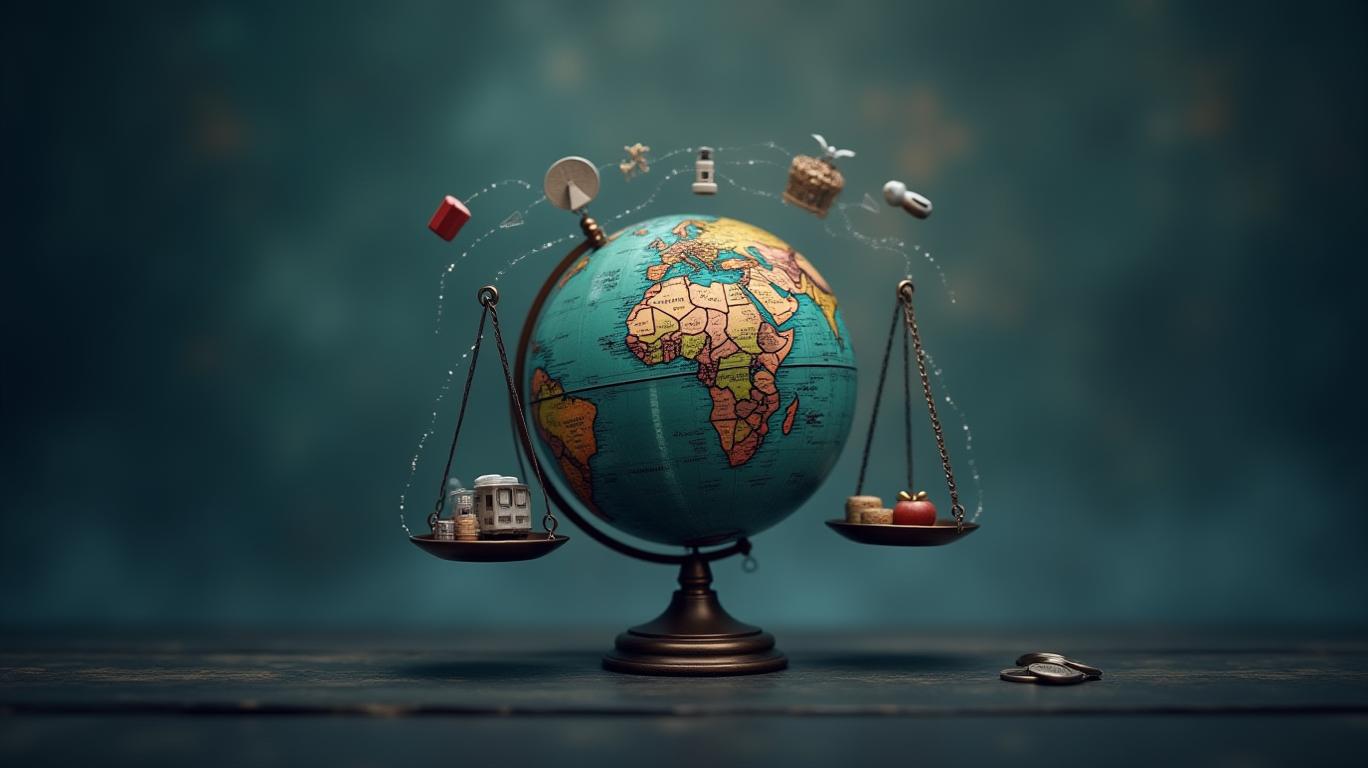
_cbf77e8c1748017079428.jpeg)
